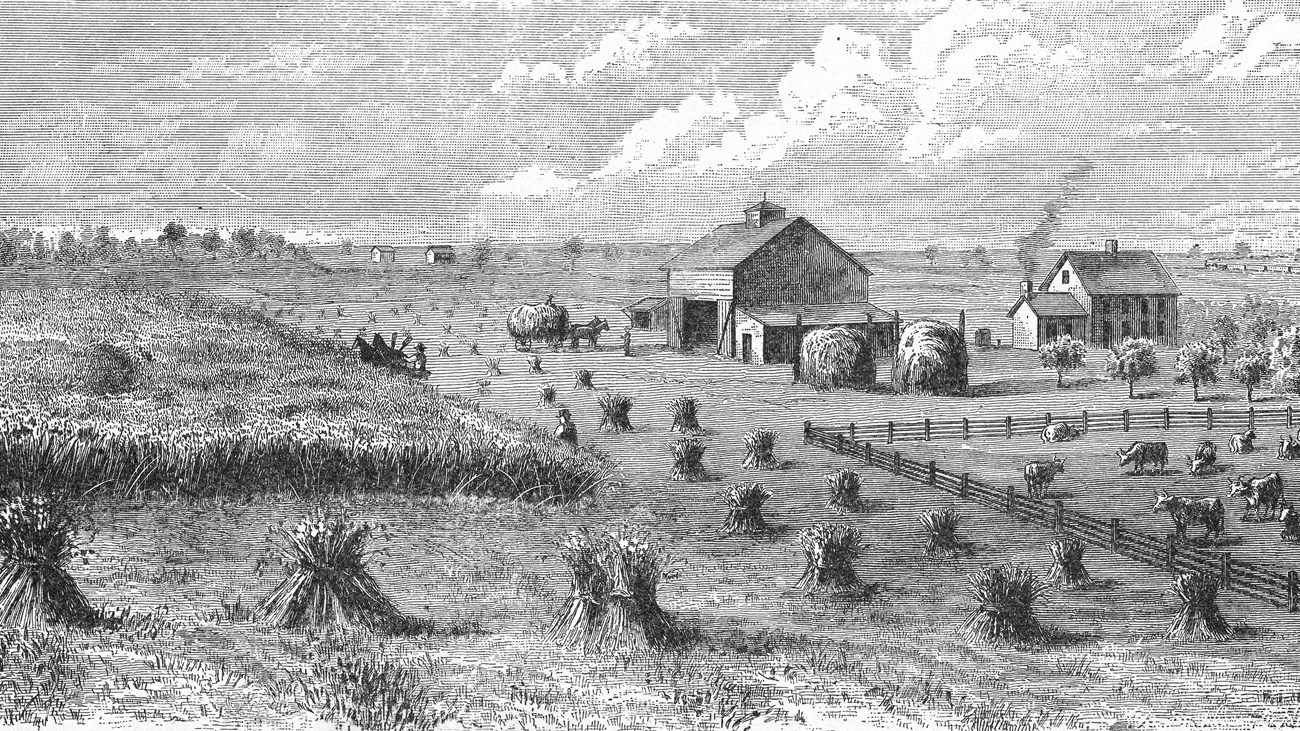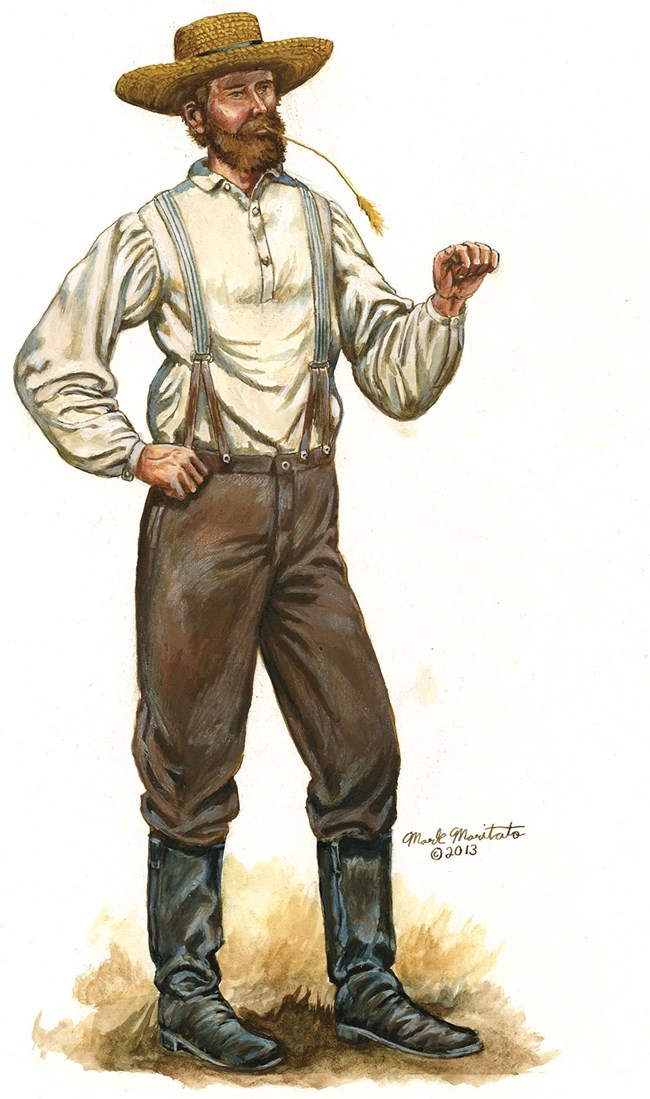Part of a series of articles titled From Backcountry to Breadbasket to Battlefield and Beyond.
Previous: Enslavement in the Shenandoah Valley
Next: Vital Route
Article

“The fine lime stone valley of Shenandoah . . . the most beautiful, and most bountiful portion of our country.”
John S. Skinner, 1820
The Valley was once the most valuable wheat producing area of the entire South, due to rich soils, a farming culture, and a good road system.

NPS / Mark Maritato
The adoption of the Constitution in 1788 created a strong national government that promoted commerce and international trade. A growing market for American flour in Europe encouraged Valley farmers to improve their land. Soon a thriving population of farmers had such large surpluses that the needs of both domestic and foreign markets could be met. By the 1820s Frederick County was the leading flour producer in Virginia.
At the same time that the small family-owned farms were booming, Isaac Hite Jr. began building Belle Grove on the 483 acres that his father had given him in southern Frederick County. Within twenty years Hite had increased his holdings to more than 7,500 acres and owned more than 100 slaves.
Commercial wheat farming became so profitable in the Valley, that by 1850, 96% of its farmers were growing wheat as their prinicipal crop. Daily life centered around the wheat production cycle.
Part of a series of articles titled From Backcountry to Breadbasket to Battlefield and Beyond.
Previous: Enslavement in the Shenandoah Valley
Next: Vital Route
Last updated: July 22, 2022